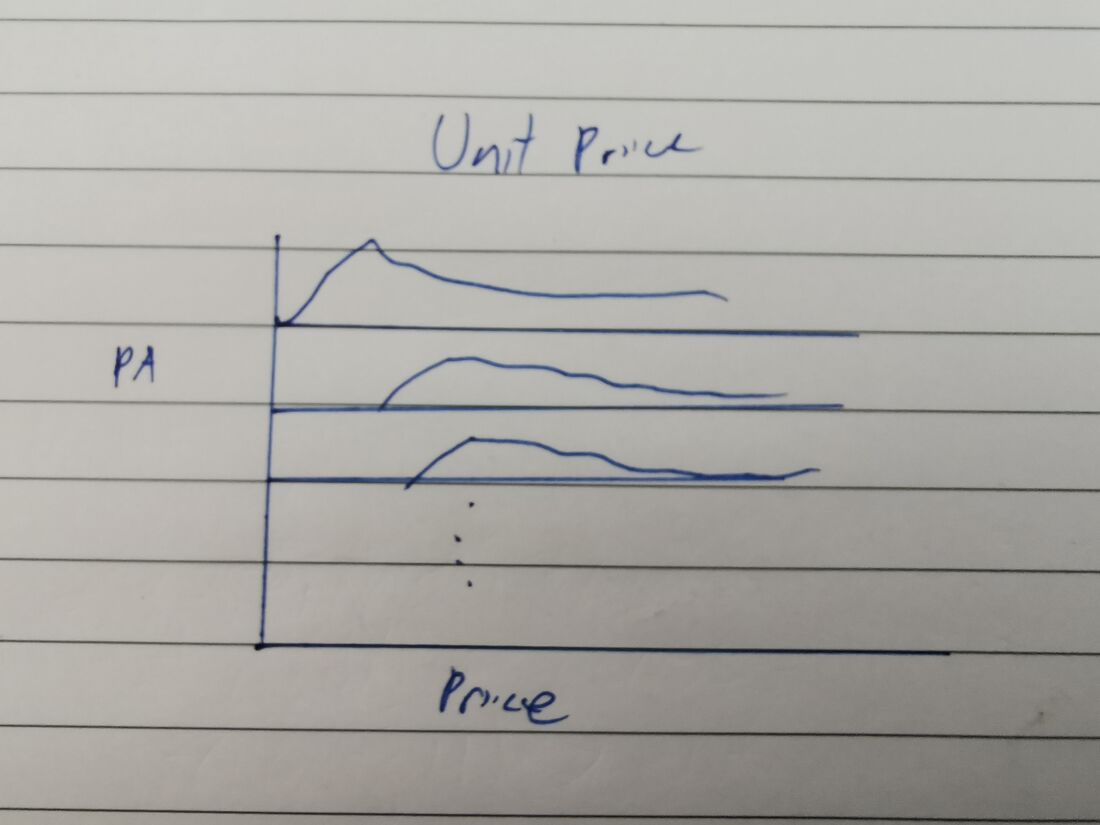Group10 research paper
SPIVA
Abstract – The [something about data source or collection of data] provides us with huge amount of data about prices of private properties in different parts of Singapore. However, these data do not tell us much at a transactional level. [Add on something about what is lacking to the users now]. To overcome this issue, we designed and developed SPIVA, Singapore Property Interactive Visual Analytics Dashboard, to democratise data and analytics by allowing property marketplace stakeholders to explore and analyse Singapore private property data to gain valuable insights about Singapore property market price trends and expectations. We showcase the potential of SPIVA through the use of various visually captivating plots like choropleth, ridge plots, box plots and geo-facets line graph.
Keywords – Singapore Private Property Price Trends, Geo-facet Line Graph, Ridges Plot, Box Plots
I. INTRODUCTION
II. MOTIVATION AND OBJECTIVES
Our research and development efforts were motivated by the general lack of effective and easy to use web-enabled client-based analytics tool for discovering Singapore property price trends. It aims to provide
users with an analytical tool for discovering insights to Singapore property prices through easy-to-understand visual analytics charts. Specifically, it attempts to support the following analysis requirements:
1) To be able to display price differences in different areas of Singapore;
2) To create a map visualisation to show the volume of transactions across Singapore;
3) To provide a graphical visualization framework that can display the price changes of different areas of Singapore over time;
4) To create a visualisation showing the extend of price differences in different areas of Singapore.
III. DATA PREPARATION
Singapore's residential property market is segregated to 2 broad categories: Public HDB Housing and Private Property. The focus of SPIVA is on the private property market i.e. Apartments, Condominiums, Landed Properties. Our data source is REALIS from URA and we are using property transaction records of Year 2018 and 2019.
[Data Preparation and Transformation]
V. THE APPLICATION
[Talk about the different packages used in R]
V. USER INTERFACE DESIGN
The design of SPIVA follows closely the data visualization general guidelines suggested by [find a DataViz guru’s name] [13]: over, zoom and filter, details on demand. It consists of four major views namely: map view using Choropleth, ridge plots, box plots and geo-facets for easy comparison, depicting different aspects of the data to the user (Fig. _).
At the top most of the application is the Map view using Choropleth. The design of Map view is [elaborate its features and any selection/interactivity]. The colour scheme used is based on the well-known ColorBrewer scheme [14]. A drop-down list is provided for users to choose their preferred colour.
Fig. 5: The interface and components of SPIVA.
The ridge plot is the second visual component of SPIVA. It shows the distribution of price of each planning area over time. An interactive slider is provided for each histogram that allows user to [select a particular temporal period or a value range]. [For example, a user might want to use the slider in the date histogram to select all the movement data records on Jan 21 and then use the slider of time of the day histogram to further narrow down the selection to movement records at 8.00-10.00am.]
The third visual component of SPIVA is a box plot showing the price range of different areas across the five major regions in Singapore (North, South, East, West and Central). An interactive drop down allows user to [elaborate].
The fourth visual component of SPIVA is a line graph using geo-facet. It gives you an easy comaprison of [what?]. An interactive drop down allows user to [elaborate].
The final component of DIVID is actually a table. It provides detailed list of each record of transacted property.
A combination of these five views along with the ability to select [list all the selection options] empowers the user with great control over the data and the ability to analyse and explore.
VI. USE CASE
Our assessment shows that SPIVA possesses several notable advantages in visualizing and analysing Singapore private property prices. With the map view of SPIVA, user can quickly detect usual hotspots where most transactions occur.
Fig. 6 [Show image of SPIVA map view].
Another very important analysis experience discovered in the assessment is the dynamic and interactive features of SPIVA. For example, after detecting a general pattern as shown in Fig. 6, a potential property buyer would like to further explore if [what can he find out from the other visualisations]. He/She can easily accomplish this task by using the interactive [which plot] feature of SPIVA. [With R Shiny App, user can analyse anywhere] This will surely provide the user with more in depth exploration and analysis to the Singapore Private Property data than before he started.
VII. CONCLUSION
The demonstration of SPIVA’s potential as described in the use case underlined its ability to enable the users to explore and analyse the Singapore private property transaction data to gain valuable insights regarding the price trends, [what else] which in turn could help he/she make more informed choices when looking for the next property purchase.
SPIVA has a lot of potential to be extended and enhanced further. [What are some of the future works to be done]
